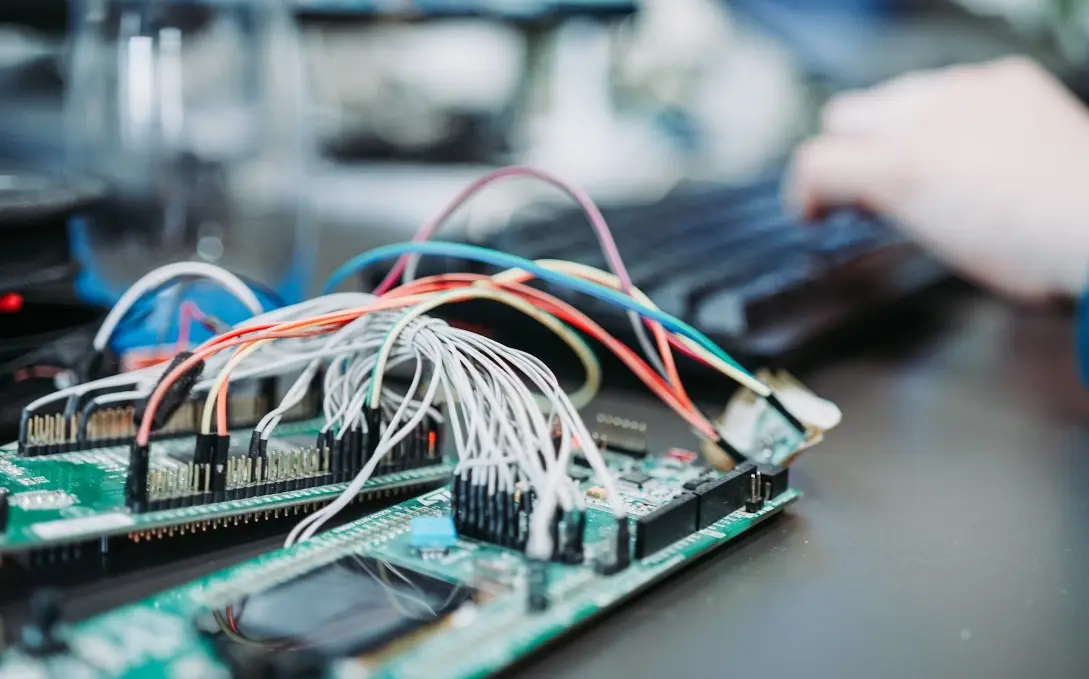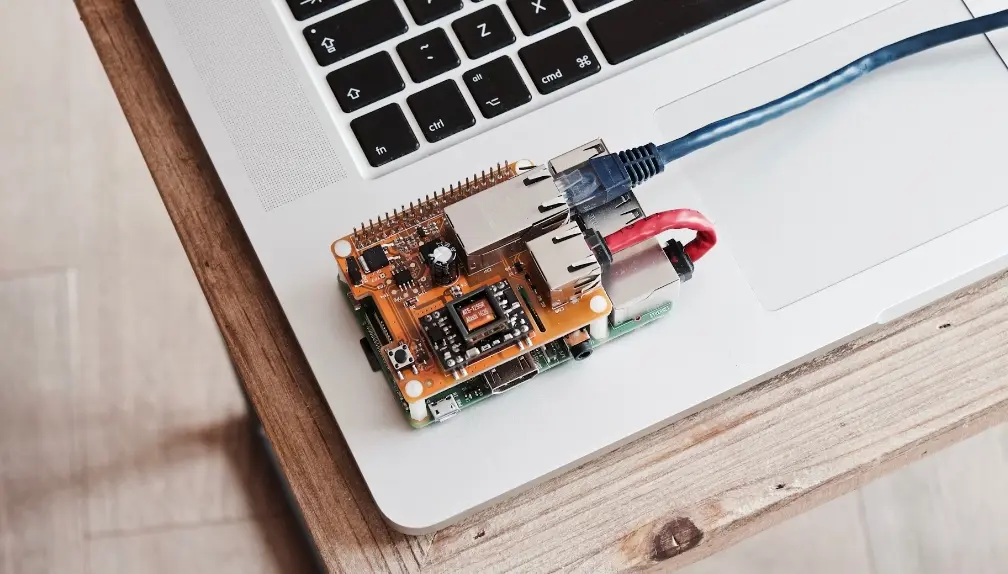
Electronic Product Safety Testing Laboratory
Every country worldwide has its own safety regULations. Many countries also enforce mandatory certifications, such as the EU’s CE mark. Some certification marks have earned strong market reputations; many manufacturers require suppliers to obtain relevant safety certifications to enhance their market safety image. Examples include the UL mark, VDE mark, Nemko mark, and gs mark. These safety logos enjoy good market recognition.

At the same time, as consumers become more rational, they no longer blindly pursue low prices and powerful functions but pay more attention to product safety. How to obtain products that are of complete quality and harmless to users has become an increasingly important factor for consumers. For a safer world, product safety certification will inevitably become more widespread and deeply ingrained.
Seven Major Safety Factors in Electronic and Electrical Products:
1. Electric Shock
2. Energy-related Hazards
3. Fire
4. Heat-related Hazards
5. Mechanical Hazards
6. Radiation
7. CheMICal Hazards
During safety certification, products need to meet these key points.
Four Main Tests for Electrical Injury:
1. **Dielectric Withstand / Hipot Test:**
Apply high voltage between the product's power and ground circuits to measure breakdown conditions.
2. **Insulation Resistance Test:**
Measure the electrical insulation state of the product.
3. **Leakage Current Test:**
Check if the leakage current from AC/DC power to ground exceeds standards.
4. **Protective Ground Test:**
Verify whether accessible metal parts are properly grounded.
Common Safety Testing Standards and Test Items
I. ITE: Information Technology Equipment Safety
GB4943-2001, en 60950-1:2006/A11:2009, 60950-1:2005, UL60950-1:2007, AS/NZS 60950-1:2006
1. High output voltage, current, and VA tests
2. Input tests
3. Label durability tests
4. Hazardous energy tests
5. Capacitor discharge tests
6. Hazardous voltage tests
7. SELV reliability tests
8. Current limiting circuit tests
9. Power limiting tests
10. Protective grounding impedance
11. Humidity tests
12. Creepage distance and electrical clearance
13. Operating voltage
14. Power cord tensile test
15. Stability tests
16. Stability force tests
17. 30N stability force test
18. 250N stability force test
19. Steel ball impact test
20. Drop test
21. Stress relief test
22. Load test
23. Plug-in device torque test
24. Temperature rise test
25. Ball pressure test
26. Touch current test
27. Electrical strength test
28. Abnormal tests
29. Motor overload test
30. Motor lock test
II. AV: Audio, Video and Similar Electronic Equipment Safety
GB8898-2001, en 60065:2002/A1:2006/A11:2008, 60065:2005, UL60065-2003, AS/NZS 60065:2002+A1:2006
1. Input tests
2. Label durability tests
3. Temperature rise tests
4. Thermal resistance of insulation materials
5. Moisture absorption tests
6. Touch current tests
7. Enclosure openings
8. Terminal devices
9. Capacitor discharge tests
10. Resistance to external forces
11. Humidity tests
12. Insulation resistance tests
13. Dielectric strength tests
14. Operating voltage tests
15. Fault tests
16. Impact tests
17. Shock tests
18. Drop tests
19. Stress relief tests
20. Fixing tests of drive parts
21. Pull tests on flexible parts
22. Mechanical tests on telescopic or rod antennas
23. Creepage distance and electrical clearance
24. Protective grounding impedance
25. Plug-in device torque test
26. Power cord push/pull force tests
27. Torque tests
28. Stability tests
29. Stability tests within 1° on non-smooth surfaces
30. Top stability test
31. Stability test for wall or ceiling-mounted equipment
III. Household and Similar Electrical Appliances
GB 4706.1-2005, 60335-1:2006, EN 60335-1:2002+A1:2004+A2:2006, AS/NZS 60335-1:2002+A1:2004+A2:2006
1. Marks and instructions
2. Protection against access to live parts
3. Appliance starting
4. Input power and current
5. Heating
6. Leakage current and dielectric strength at operating temperature
7. Moisture resistance
8. Leakage current and dielectric strength
9. Overload protection for transformers and related circuits
10. Durability
11. Abnormal operation
12. Stability and mechanical hazards
13. Mechanical strength
14. Structure
15. Internal wiring
16. Components
17. Power connection and external flexible cords
18. External conductor terminals
19. Grounding measures
20. Screws and connections
21. Electrical clearance, creepage distances and solid insulation
22. Heat resistance and flammability
23. Rust protection
24. Radiation, toxicity, and similar hazards
IV. Luminaires Part 1: General Requirements and Tests
GB7000.1-2007, 60598-1:2008, EN 60598-1:2008, AS/NZS 60598-1:2008
1. Marks and instructions
2. Structure
3. External and internal wiring
4. Grounding regulations
5. Protection against electric shock
6. Dust, solid object, and water protection
7. Insulation resistance and dielectric strength
8. Creepage distance and electrical clearance
9. Durability and thermal tests
10. Heat, fire, and tracking resistance
11. Threaded terminal screws
12. Non-threaded terminals and electrical connectors
V. Control Gear for Lamps Part 1: General and Safety Requirements
GB19510.1-2004, 61347-1:2007, EN 61347-1:2008, AS/NZS 61347-1:2008
1. Label abrasion test
2. Ground resistance
3. Capacitor charge and discharge test
4. Humidity test
5. Insulation resistance
6. Dielectric strength
7. Thermal endurance test
8. Abnormal test
9. Electrical clearance and creepage distance
10. Glow wire test
11. Needle flame test
12. Touch current
VI. Safety of Power Transformers, Power Supplies, Reactors, and Similar Products Part 1: General Requirements and Tests
GB19212.1-2008, 61558-1:2005+A1:2009, EN 61558-1:2005+A1:2009, AS/NZS 61558-1:2005+A1:2009
1. Label durability test
2. Accessibility of hazardous live parts
3. Plug discharge test
4. Input voltage variation
5. Load output test
6. Short circuit voltage
7. Temperature rise test
8. Short circuit test
9. Overload test
10. Spring hammer impact test
11. Drop test
12. Rolling barrel test
13. Power cord bending test
14. Power cord tensile test
15. Humidity test
16. Insulation resistance test
17. Dielectric strength test
18. Leakage current test
19. Voltage and frequency doubling test
20. Plug-in device torque test
21. Ground resistance test
22. Screw torque test
23. Creepage distance, electrical clearance, and solid insulation
24. Ball pressure test
25. Glow wire test
Email:hello@jjrlab.com
Write your message here and send it to us
 What is a UK Authorized Representative?
What is a UK Authorized Representative?
 Food Contact Materials LFGB Compliance
Food Contact Materials LFGB Compliance
 Compliance Test Reports for Export to the US
Compliance Test Reports for Export to the US
 UKCA Certification to Replace CE Compliance in 202
UKCA Certification to Replace CE Compliance in 202
 Does Your Product Need an FCC ID?
Does Your Product Need an FCC ID?
 What Are the Battery Compliance Test Reports?
What Are the Battery Compliance Test Reports?
 Christmas Children’s Products EU & US Complian
Christmas Children’s Products EU & US Complian
 Food Packaging Material Testing
Food Packaging Material Testing
Leave us a message
24-hour online customer service at any time to respond, so that you worry!




